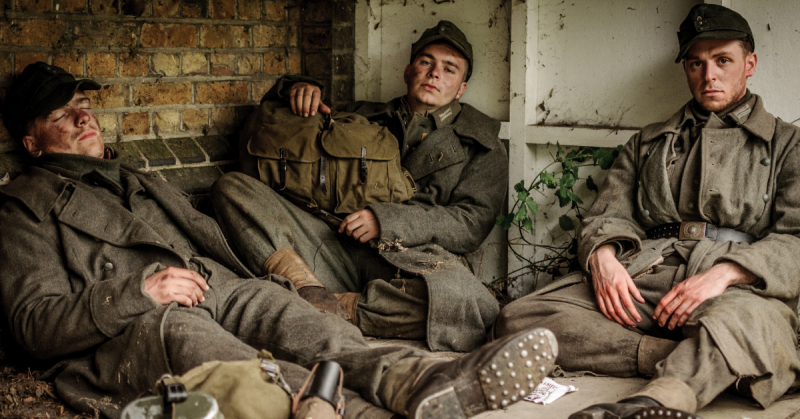Adolf Hitler had huge plans for his Third Reich and nothing short of total domination over Europe and Great Britain would satisfy him. But while he was able to occupy some countries, including Poland and France, he did not get his hands on Great Britain or the greater part of the Soviet Union.
In fact, Hitler made such profound errors in judgment that even his own generals and tacticians knew he was wrong. But they were too afraid of him to say so.
Operation Sea Lion was Hitler’s plan for the takeover of Great Britain. In 1940, his troops and air force, the Luftwaffe, were still strong. Hitler decided that invading England by crossing the Channel and sending tanks up the beaches was a sound idea.
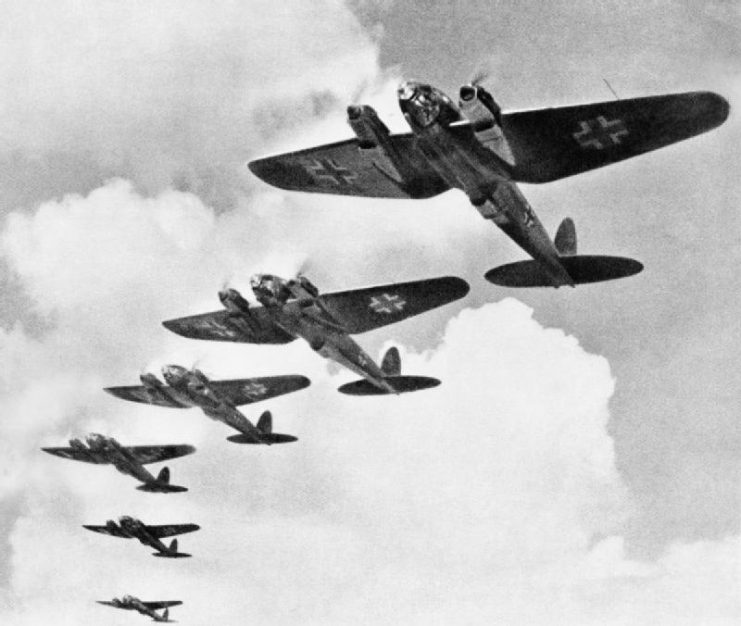
He instructed four divisions, plus air support, to make their way to England from two areas of France, the Boulogne and the Sangatte.
The tanks were to be waterproofed and outfitted with snorkels, turning them into a kind of ersatz submarine-tank hybrid. They would be dropped into the sea, from which they would emerge to seize Britain. Meanwhile, the Luftwaffe would cover them.
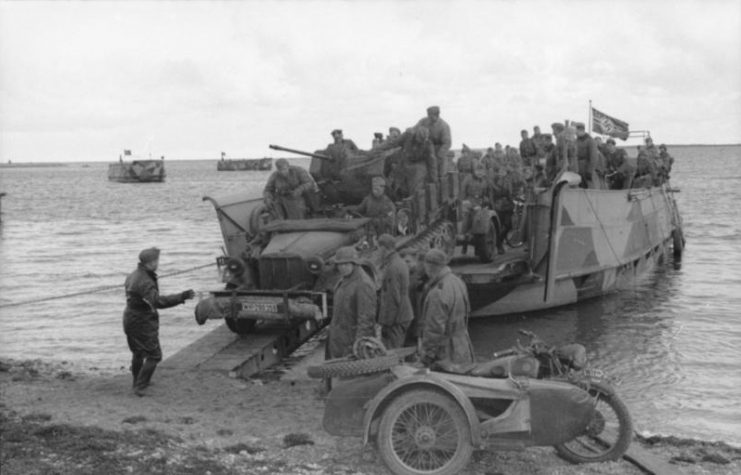
Operation Sea Lion was set to begin August 25, 1940. Hitler ordered 1,500 Luftwaffe bombers to attack Britain’s airfields and radar stations, and the Battle of Britain ensued. But England’s Royal Air Force (RAF) was equally powerful and had the “home field” advantage.
It became a clear victory for the British. When Hitler became distracted by his desire to invade Russia, the plans around Operation Sea Lion evaporated.
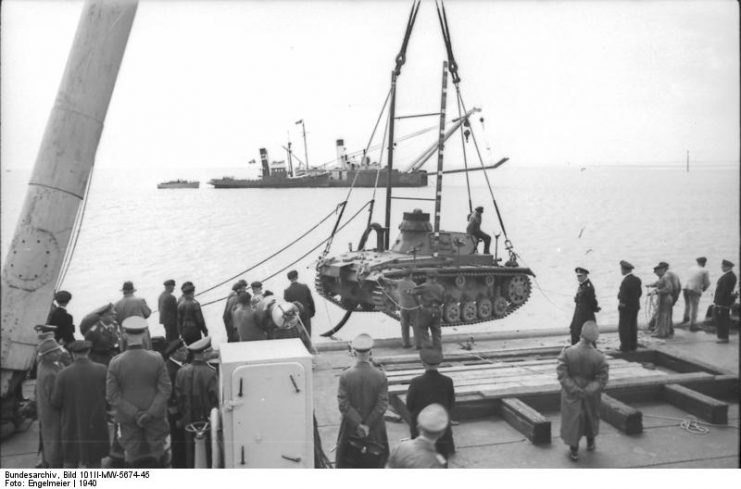
By mid-1941, Hitler’s attack on Russia was failing. His officers wanted to focus on Moscow, but he insisted that they should seize Leningrad and Kiev instead, effectively dividing his forces.
After the fall of Kiev, Hitler saw the error of his thinking, but it was too late. Winter was coming and the Russian troops had rallied to oppose him. German troops were constantly being beaten back from the Russian Front.
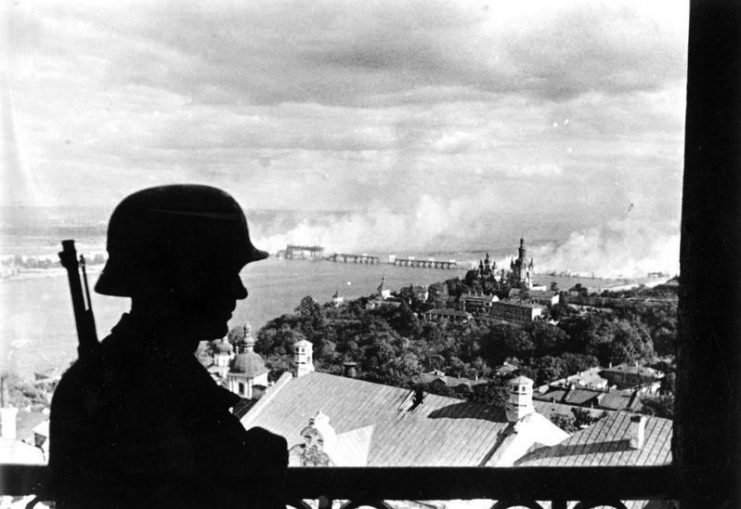
Hitler initially stopped, then re-started the assault on Moscow, but by then Germany had gone past the point when they might have been successful.
Moscow was not the only Russian mission about which Hitler changed his tune. Operation Citadel was the code name given to his planned takeover of a region known as Kursk Salient, an area of Russia that protruded into German army lines.
His generals believed they needed to seize the area as promptly as possible, before Russian troops could get fully settled in.
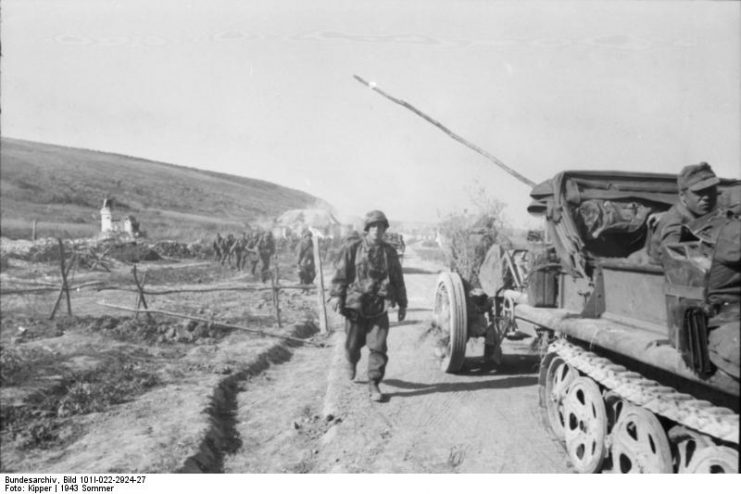
Furthermore, Germany wanted to trap Soviet soldiers within its boundaries, and trim its own lines, so fewer German soldiers were needed to patrol. If successful, they would have been able to trim their lines by 500 kilometers – a significant reduction in troops.
But Hitler’s dithering meant Operation Citadel was postponed until July. A furious battle ensued, and the Russians were fortified by reserves hitherto unknown to the Germans.
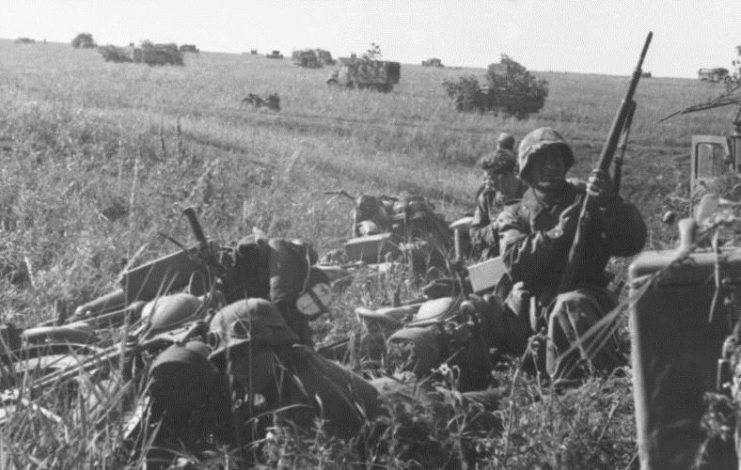
Hitler panicked as men and resources were lost at an alarming rate. Mere days before he could have declared victory, he pulled troops from Kursk Salient and sent them to Italy.
On an entirely different continent, Hitler was making huge gaffes as well. In North Africa, his ships and supply lines were constantly being attacked and destroyed by the Allies, so he brought in Field Marshal Albert Kesselring to help. Hitler wanted Kesselring to destroy the Royal Navy, which was causing him so many headaches.
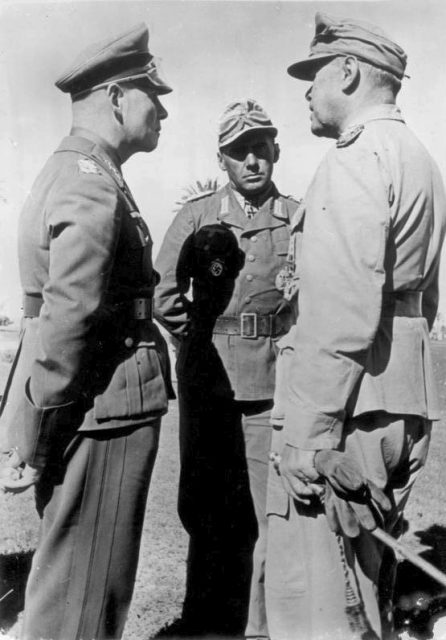
Kesselring suggested they should invade and seize the island of Malta, a key location in their supply lines. But Hitler disagreed with that idea, and it wasn’t until more ships and supplies were lost to the Allies that he reluctantly said yes.
Kesselring thought they should bring in Italian troops to help, but Hitler said no because he distrusted Mussolini and felt his troops were unskilled. But German troops could not handle the assignment alone, so in April, 1942, Hitler and Mussolini finally agreed on a plan.
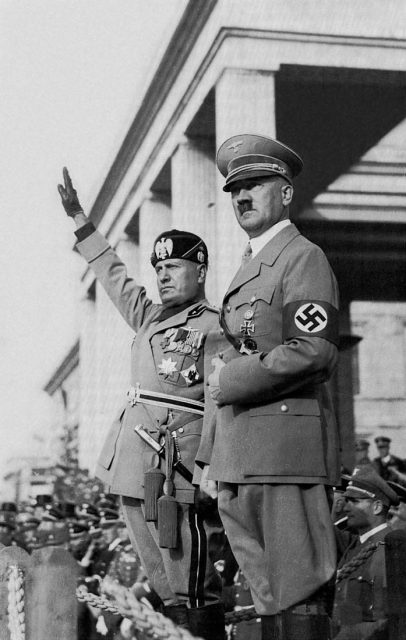
However, Hitler backed out almost immediately, choosing instead to focus his attention elsewhere. The plan was scrapped, condemning Axis supplies lines in the Mediterranean.
By December, 1944, the war was nearing its end, and Hitler knew he was in deep trouble. He planned a final “Hail Mary” operation, named Operation Autumn Fog. His plan was to ensure roadways were available for an advance of his troops.
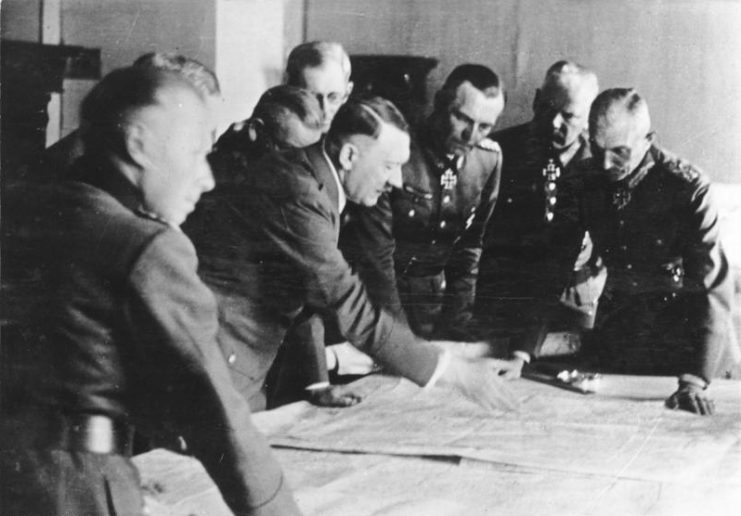
But by this time, Germany was failing badly, and supplies were almost nonexistent. Nevertheless, he wanted 400 men – a third of his original plan – to be parachuted into the Ardennes, behind Allied lines.
Following his old form, Hitler got scared, called the operation off, then greenlit it again. The men were rushed into position, but it was so poorly executed they dropped unevenly throughout the countryside. It wasn’t long before they were forced to surrender.
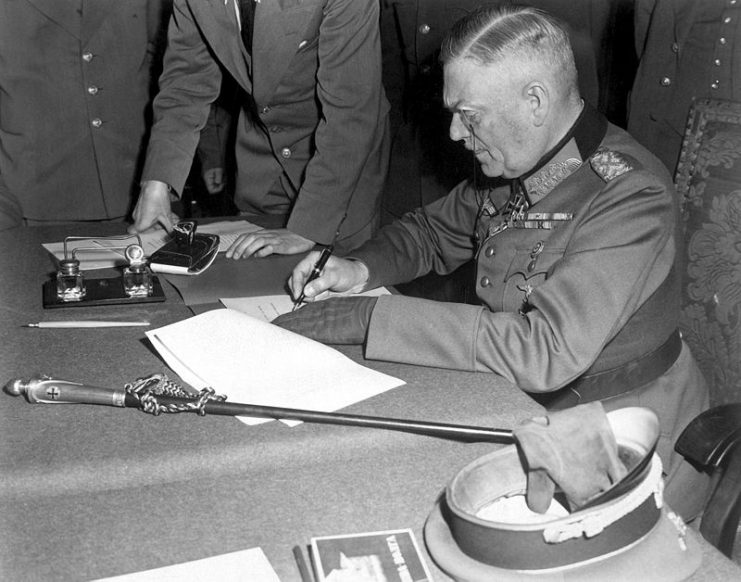
Read another story from us: Nazi Myths: What Some Still Believe About Hitler & the Third Reich
Hitler was no military mastermind, and whatever successes he enjoyed at the war’s outset had more to do with sheer force and brutality than his tactical skill. He made many mistakes in World War II, partly because his dreams outweighed his abilities.
But he also refused to listen to the men around him who had genuine acumen and training, men he had hired to plan the war he so desperately wanted to win.
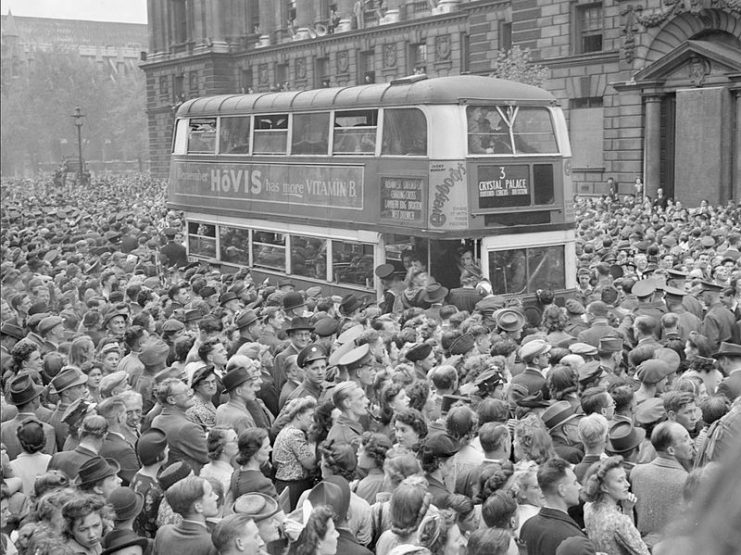
If he had listened, who knows what might have happened? The war might have dragged on even longer, or even had a different outcome. Ironically, we can be thankful that his ego prevented him from heeding wise counsel.
